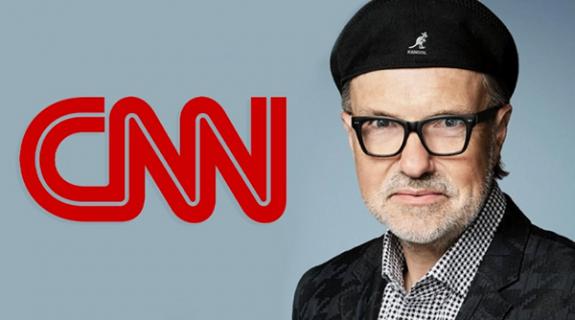It’s a question that’s often asked and rarely answered: “What makes videos go viral?”
And it’s something that Jonah Berger, professor at the University of Pennsylvania’s Wharton Business School, has spent years studying. Many of the results of his research can be found in his book, “Contagious: Why Things Catch On.” He took a few minutes Thursday to give attendees of The Conference 2014 in New York City some highlights of his findings.
“Word of mouth generates more than twice the sales of traditional advertising. $1 spent on word of mouth goes ten times as far as $1 spent on traditional advertising. [People] don’t trust ads. Ads always say this is the best, greatest, most wonderful thing ever, and because of that we don’t trust them because we know that’s not usually true,” Berger said. “People will be talking and sharing regardless of what platform they are using. It’s more important to understand why people talk and share.”
Berger created this mnemonic device – STEPPS—to remember the reasons things go viral. STEPPS stands for: Social Currency, Triggers, Emotion, Public, Practical Value and Stories.
While he spent some time on social currency, triggers, emotion and stories, he skipped the p’s – public and practical value – referring people to his book if they wanted to learn more.
For starters, creating social currency is about “making people feel like insiders, making them feel smart and in the know, like they have access to something that no one else does,” Berger said.
It’s also about making your product feel remarkable, even if it isn’t. To illustrate this, Berger showed a video of the Blendtec blender, blending an iPhone into very expensive dust.
“What if I have a product or a show that is not the most remarkable thing? How do I get people talking about it?” Berger asked. “I have to understand the inner remarkability of that product.”
In the case of Blendtec, which is not inherently a remarkable product, “they didn’t tell people how remarkable it was, they showed people.”
Second came Triggers – ways to get people thinking about your product. “Top of mind equals tip of tongue,” said Berger.
To illustrate, Berger showed a simple slide:
Peanut butter + _____________
Rum + _______
What words immediately come to your mind?
Ours too.
That’s why peanut butter is such a good marketing partner for jelly. Just having peanut butter in their pantry makes people think of jelly. “If peanut butter is around, jelly doesn’t have to remind you it exists,” said Berger.
In a more specific marketing context, Corona has done the same thing with the beach. “You can be lying on a beach, in the sun, reading your book, perfectly happy. And then you get a little thirsty, and you might not even like beer, and Corona will come to your mind. Corona owns that real estate – they found their peanut butter.”
“What’s your peanut butter?” Berger asked the crowd.
Next is emotion. “When we care, we share,” said Berger.
And we don’t just share when we care. We also share when we are happy, excited, angry or anxious. Not so much when we are sad. “Things that make people sad are 20% less likely to be shared,” said Berger, “but the more angry or anxious we feel, the more likely we are to share.”
Finally, skipping over public and practical value, comes stories.
“Stories are really important. No one tells bedtime facts, they tell bedtime stories. Stories carry our message along for the ride,” said Berger.
Berger left the audience with two action items:
First, find your message. What’s your peanut butter? What do you want people to talk about? And second, how can you build the STEPPS around those things?
You can reach Jonah Berger @j1berger on Twitter or at his Web site: www.jonahberger.com. His book is “Contagious: Why Things Catch On.” For a free “crafting contagious” workbook, go to jonahberger.com/resources.
Tags:




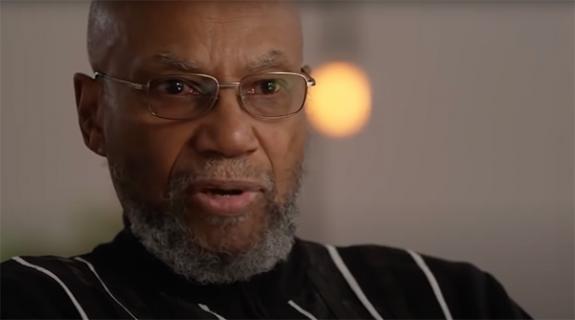









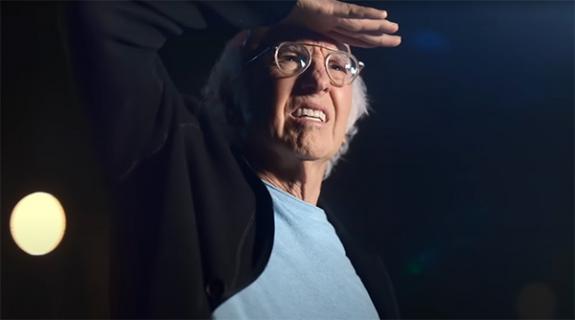


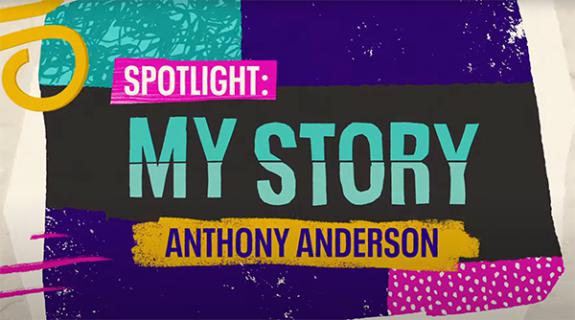







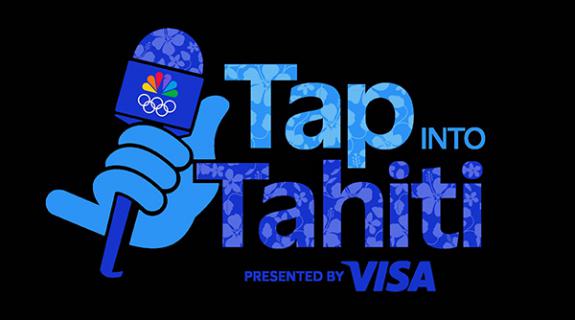



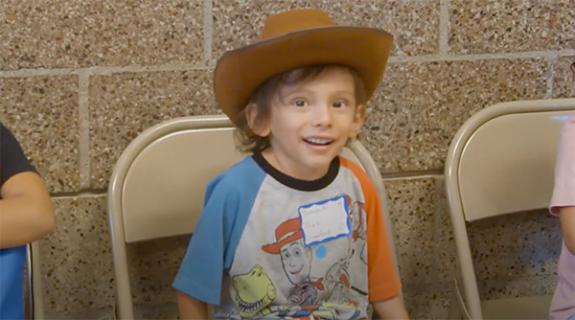
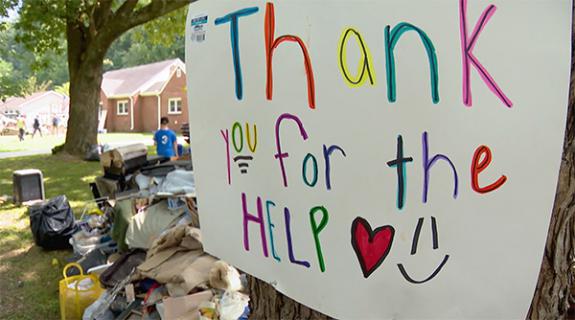








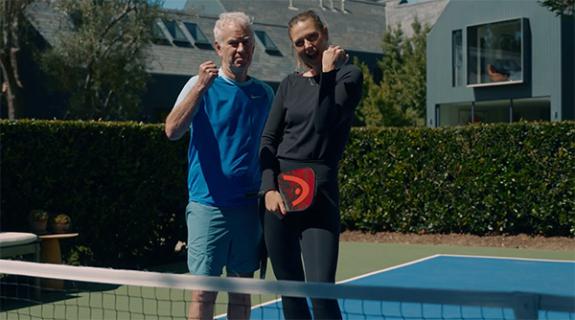





__twocolumncontent.jpg)


